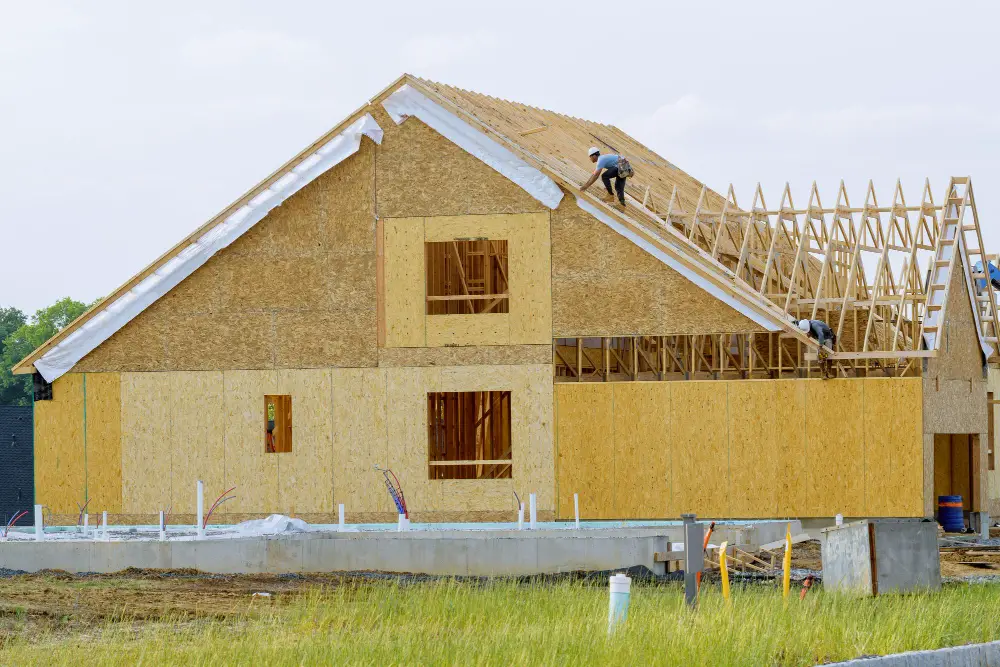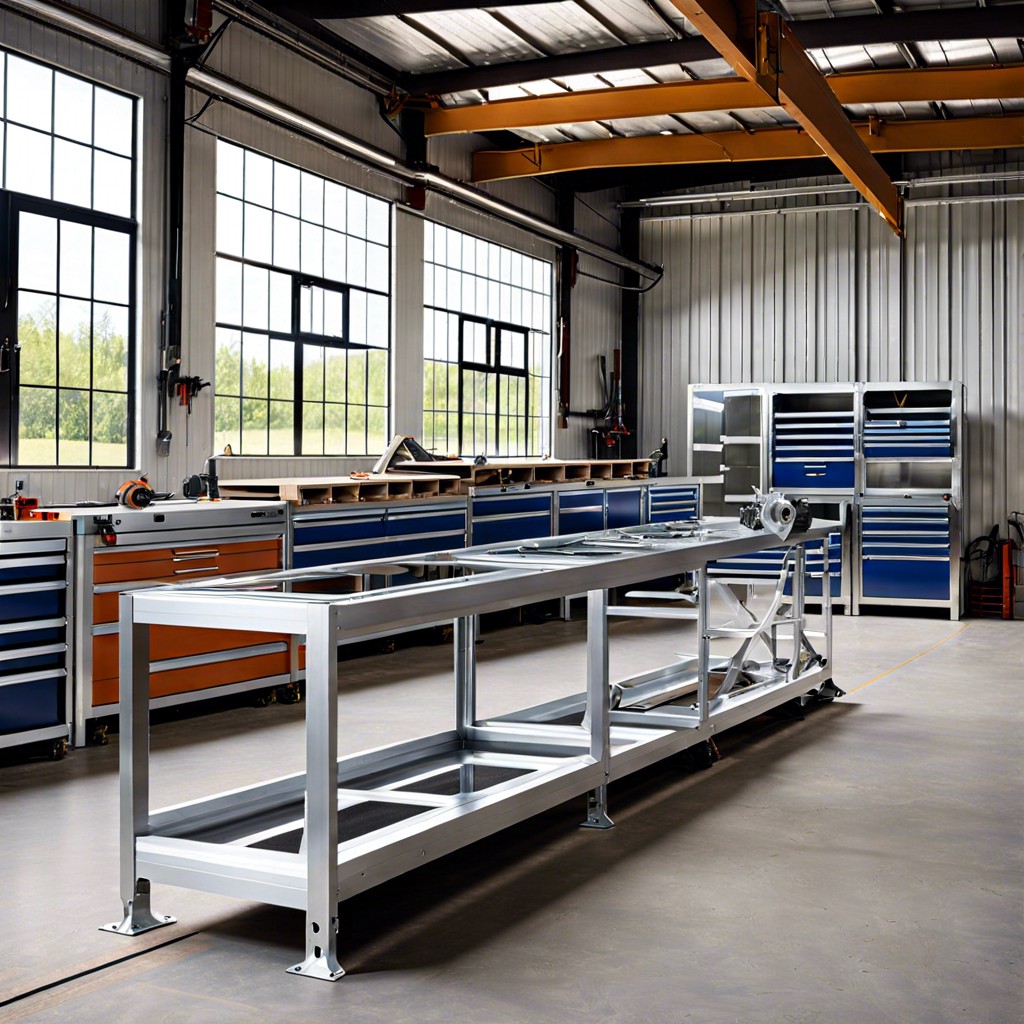Have you ever wondered what’s behind successful building materials production? Beyond the raw materials and the hardworking crew, there’s powerful software at play.
Building materials manufacturing isn’t what it used to be. Old-school methods have given way to smart software solutions. But with so many choices out there, which features really matter?
Selecting the perfect software can elevate your operations. It simplifies tasks, enhances productivity, and can significantly boost your bottom line. So, let’s uncover the crucial features that distinguish the best from the rest.
Key Features to Consider in Building Materials Manufacturing Software

In the dynamic landscape of manufacturing, determining the right software for building materials can be overwhelming. To guide you, here are essential features to prioritize:
- Inventory Management
Modern building materials manufacturing software offers real-time tracking, giving immediate updates on raw materials and finished products. It’s invaluable to know the exact number of bricks ready for shipment or the amount of remaining raw material.
Equally vital are prediction tools. With predictive analytics capabilities, the software can forecast trends and recommend stocking strategies based on seasonal demand shifts.
- Production Planning And Scheduling
Utilizing past data and future demand forecasts, the software can automate production scheduling. This approach maximizes efficiency and reduces idle time.
Additionally, tracking production progress in real time is crucial. For instance, if you’re producing a batch of tiles, the software should display the progress accurately.
- Quality Control And Compliance
Regularly scheduled and executed audits are critical in maintaining production quality. If any issues arise, the system’s alerts can help prevent larger complications.
Furthermore, the software should remain updated with the latest industry regulations, ensuring compliance and reducing potential penalty risks.
- Supply Chain Management
Achieving end-to-end visibility means understanding the entire process, from the initial raw material procurement to delivering the final product.
Potential disruptions in the supply chain should be addressed proactively. The software’s forecasting tools can suggest necessary adjustments based on these possible hiccups.
- Costing And Budgeting
Real-time cost estimation is essential. As variables change, immediate updates on costs can help in pricing products accurately.
Furthermore, the software should allow for scenario analysis. This feature prepares you for financial uncertainties, such as unexpected spikes in core material prices.
- Sales And CRM Integration
Automated quote generation can speed up the sales process by providing quotes based on the latest costing data. Enhancing Customer Relationship Management (CRM) features allows for tracking customer preferences, past orders, and feedback.
By understanding a client’s history and preferences, the software can help anticipate future needs and suggest related products.
- Business Intelligence And Reporting
Visual dashboards can simplify complex data interpretation. Such tools highlight profitable products or production bottlenecks.
Moreover, the software should offer the ability to customize reports, catering to specific departments or stakeholders. Different teams, from production to executive levels, have distinct informational needs.
- Integration And Scalability
Seamless integration with other systems, like accounting software or an Enterprise Resource Planning (ERP) system, is crucial.
As your operations expand, your software choice should also be able to scale. This ensures that the solution accommodates growth without necessitating a complete system overhaul.
- User-friendly Interface And Training
An intuitive design ensures that the software is easy to navigate. This eases the learning curve for team members.
Comprehensive training tools, like video tutorials or webinars, streamline the onboarding process and efficiently introduce new features.
- Cloud Capabilities And Mobile Access
Secure cloud storage ensures data safety, regular backups, and accessibility from any location. Key decision-makers should be able to access relevant production data even while traveling.
A mobile version of the software facilitates remote monitoring, ensuring smooth operations even if important personnel are off-site.
By understanding these functionalities, you’re better equipped to make decisions that align with your manufacturing goals.
Choosing the Right Software

In selecting the ideal building materials manufacturing software, begin by identifying your business’s unique needs. Are you a large-scale operation or a niche producer? With that clarity, begin your research. Take advantage of demos, talk to peers in the manufacturing industry, and read unbiased reviews.
Don’t overlook the value of expert opinions. Industry consultants can provide a fresh perspective, merging your operational needs with the most fitting technological solutions.
Additionally, weigh the support a software vendor offers. Reliable post-purchase support, including updates and technical assistance, is as critical as the software’s features.
The Takeaway
Selecting the right building materials manufacturing software is more than just a business decision. It’s a commitment to excellence that can potentially lead to future growth. The benefits of making the right choice extend beyond immediate gains, shaping the long-term direction of your operations.
In a time where efficiency and innovation are highly valued, leveraging technology is not just recommended—it’s essential. As you move forward, seize the opportunities that come with utilizing the right tools, and watch your business thrive in ways you once only dreamed of.
Recap




